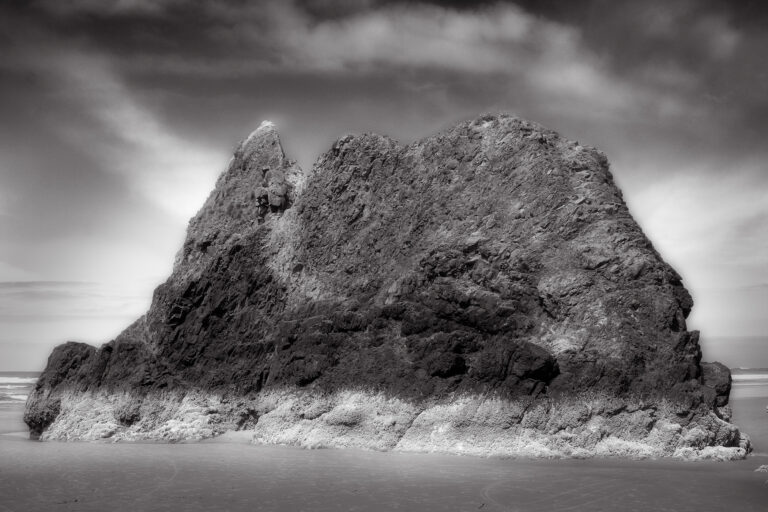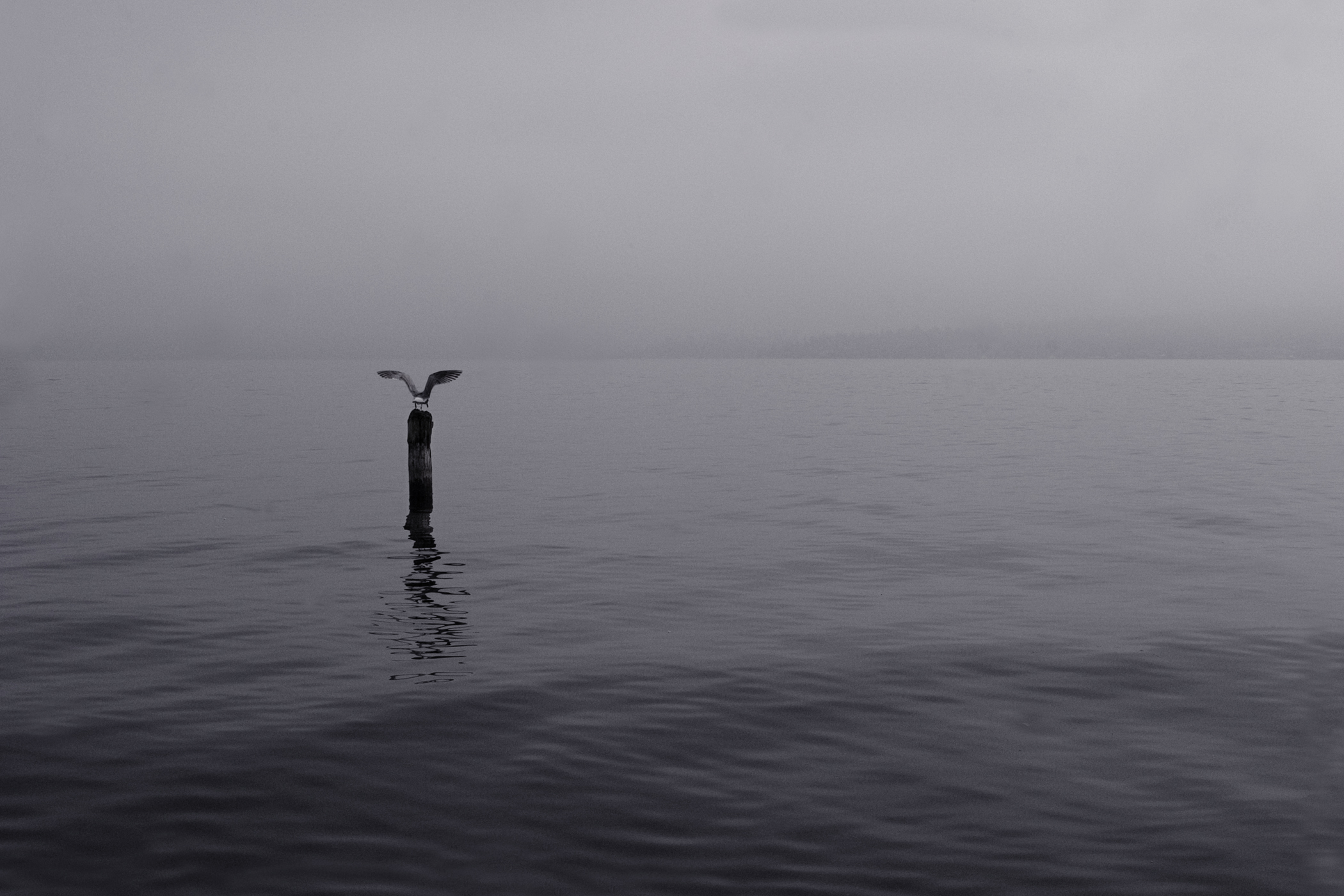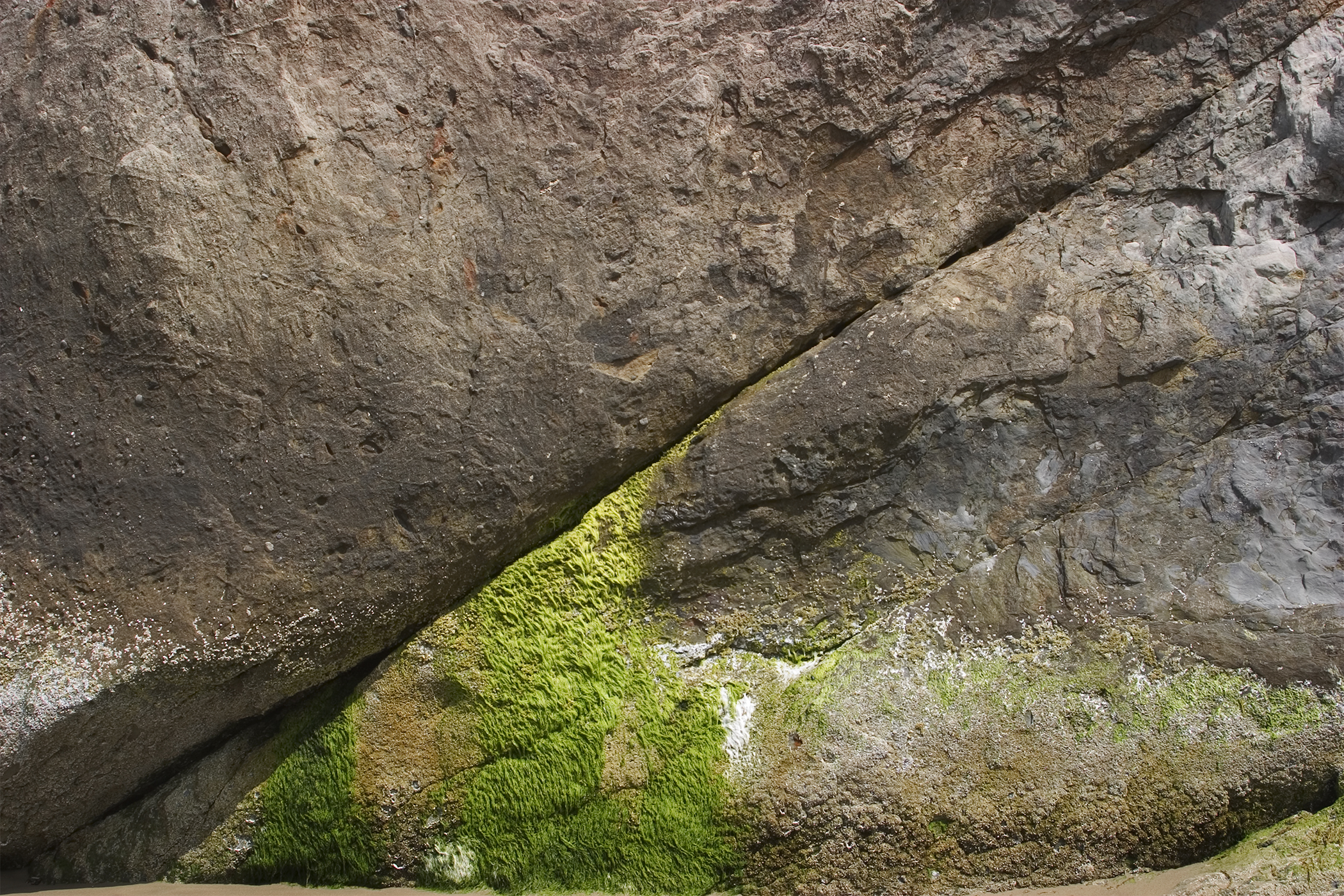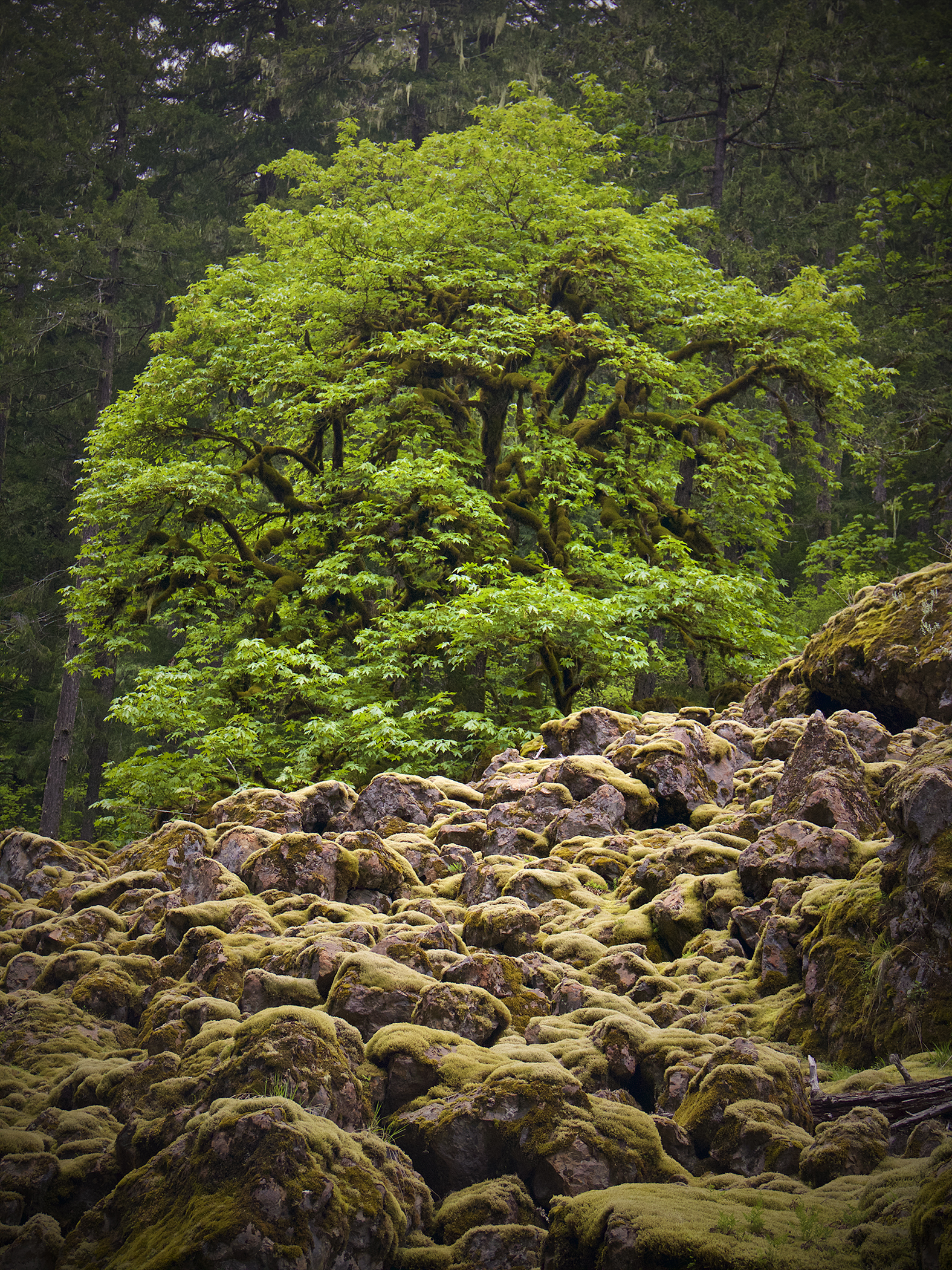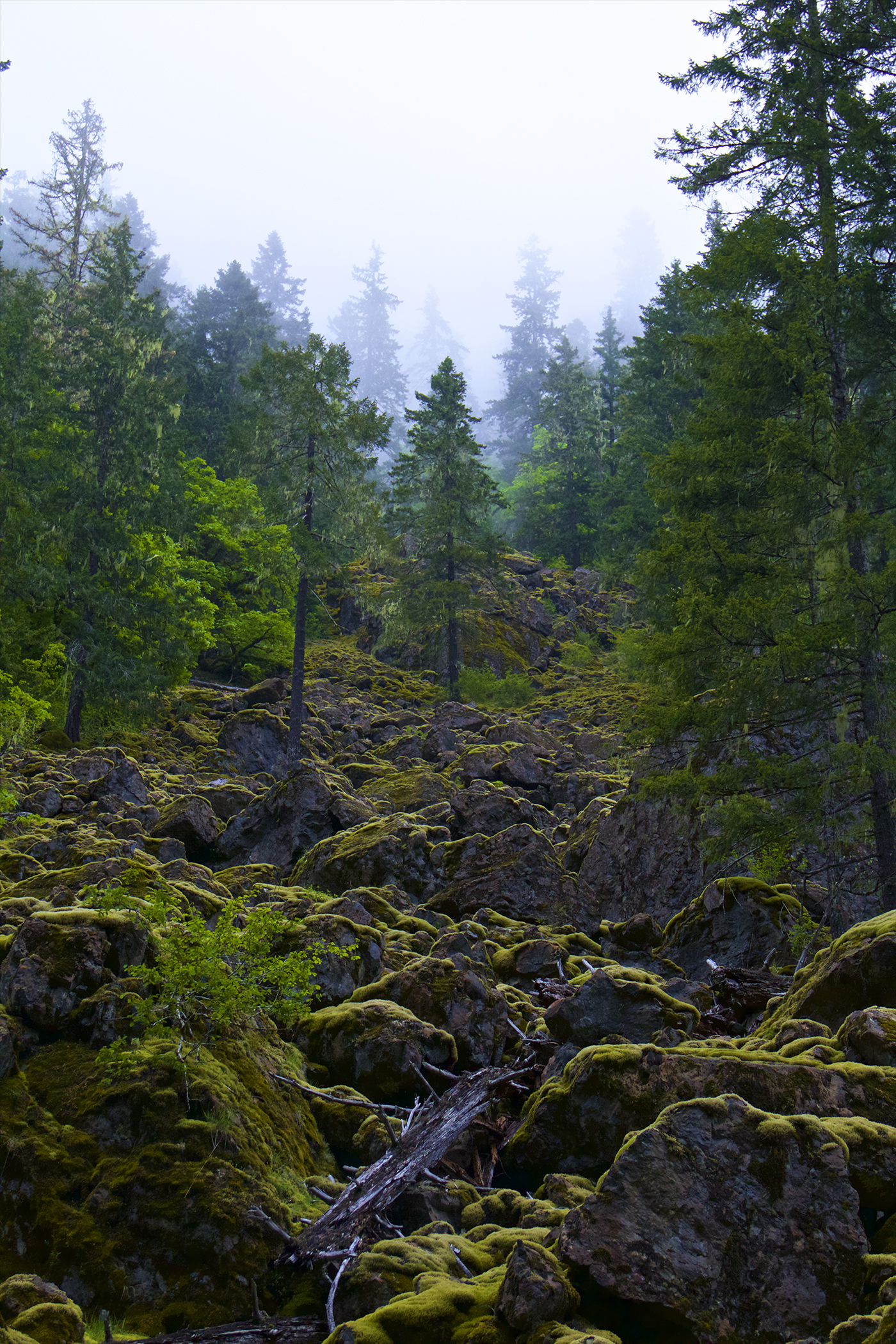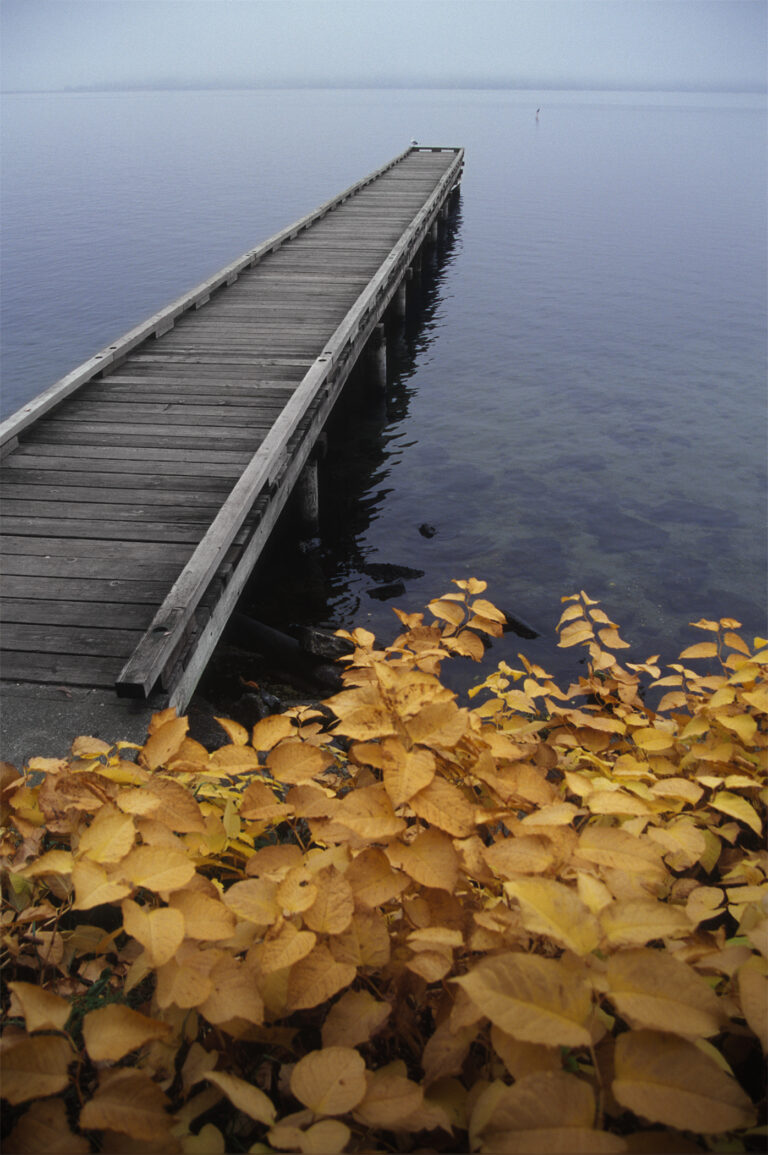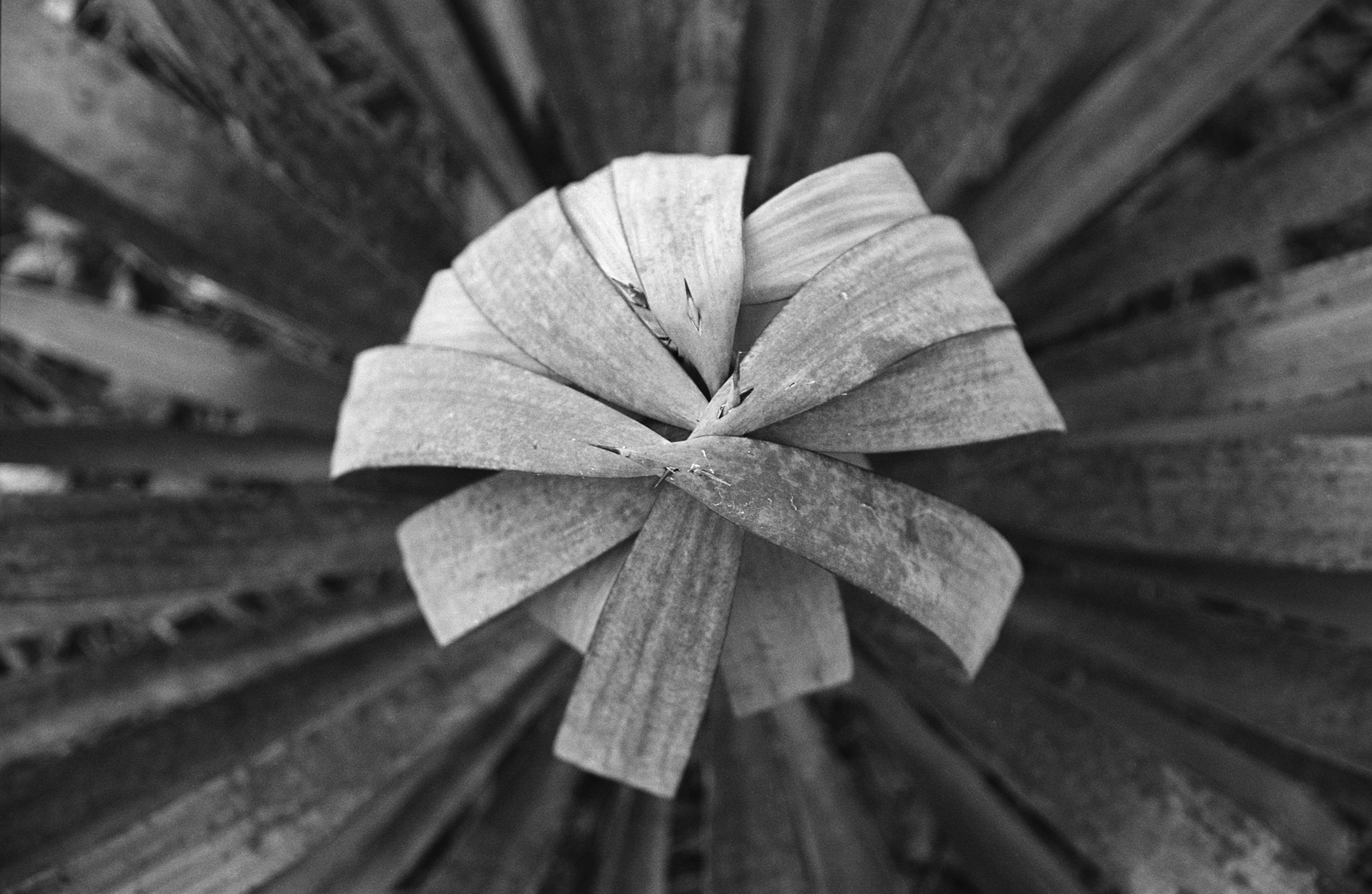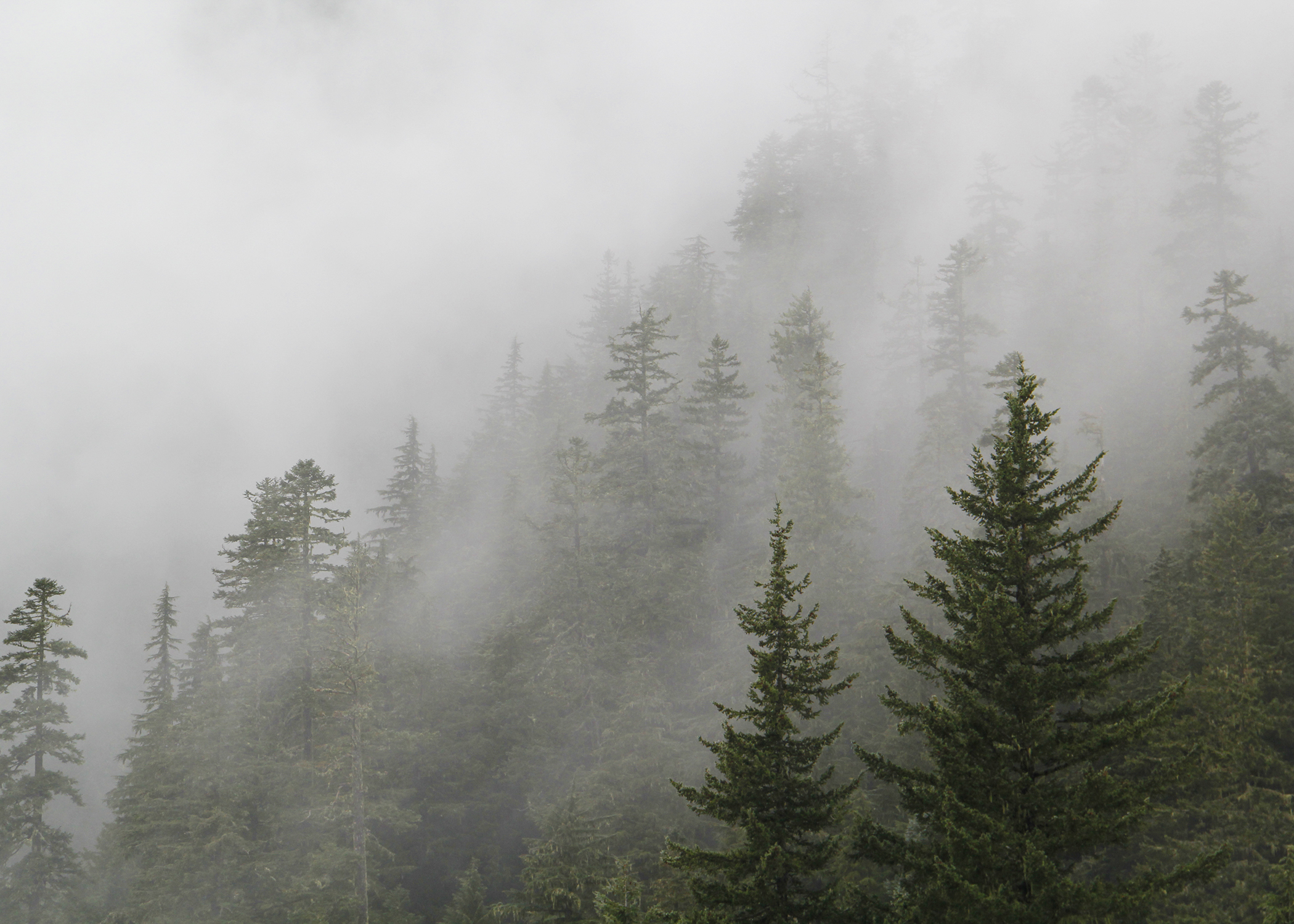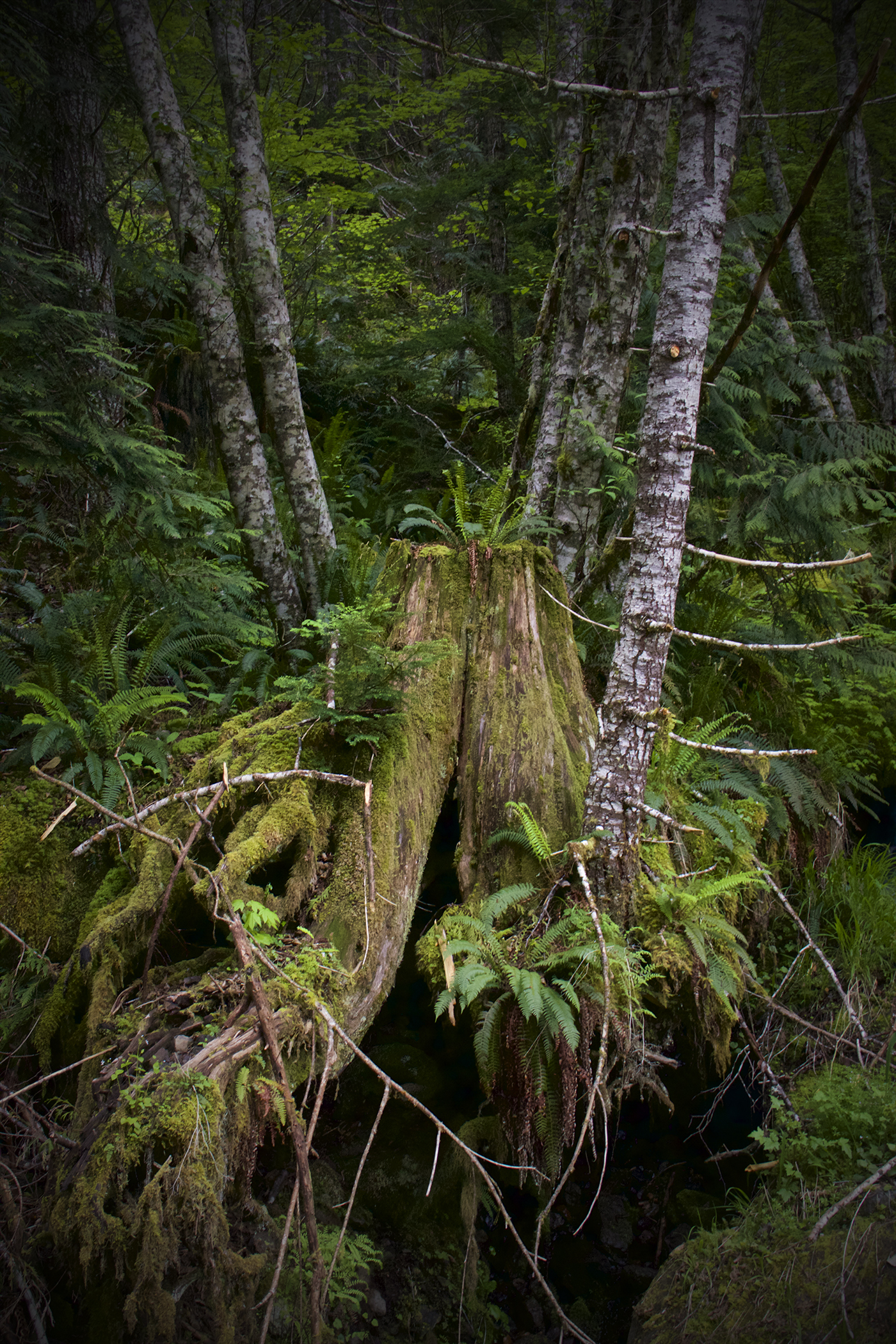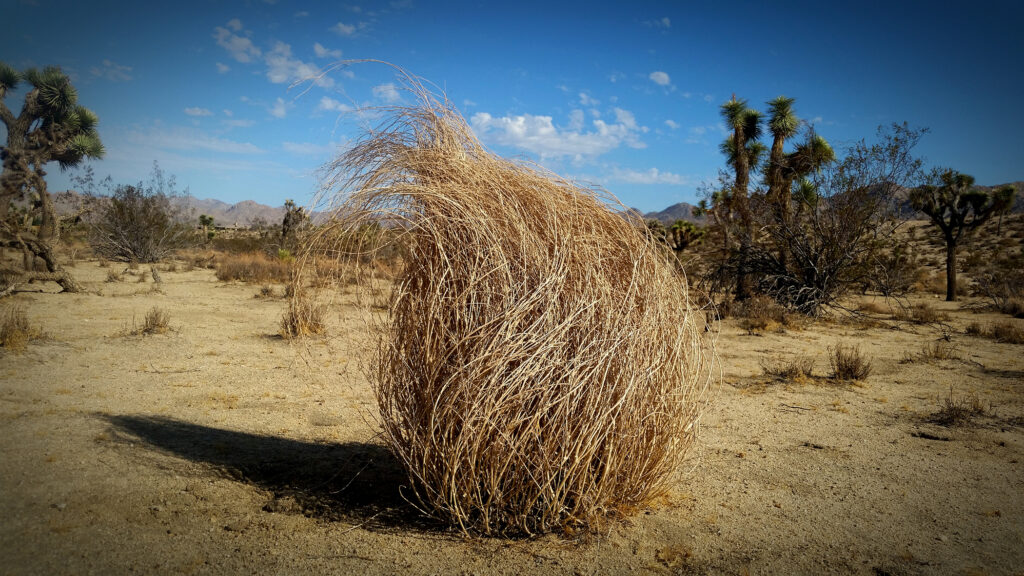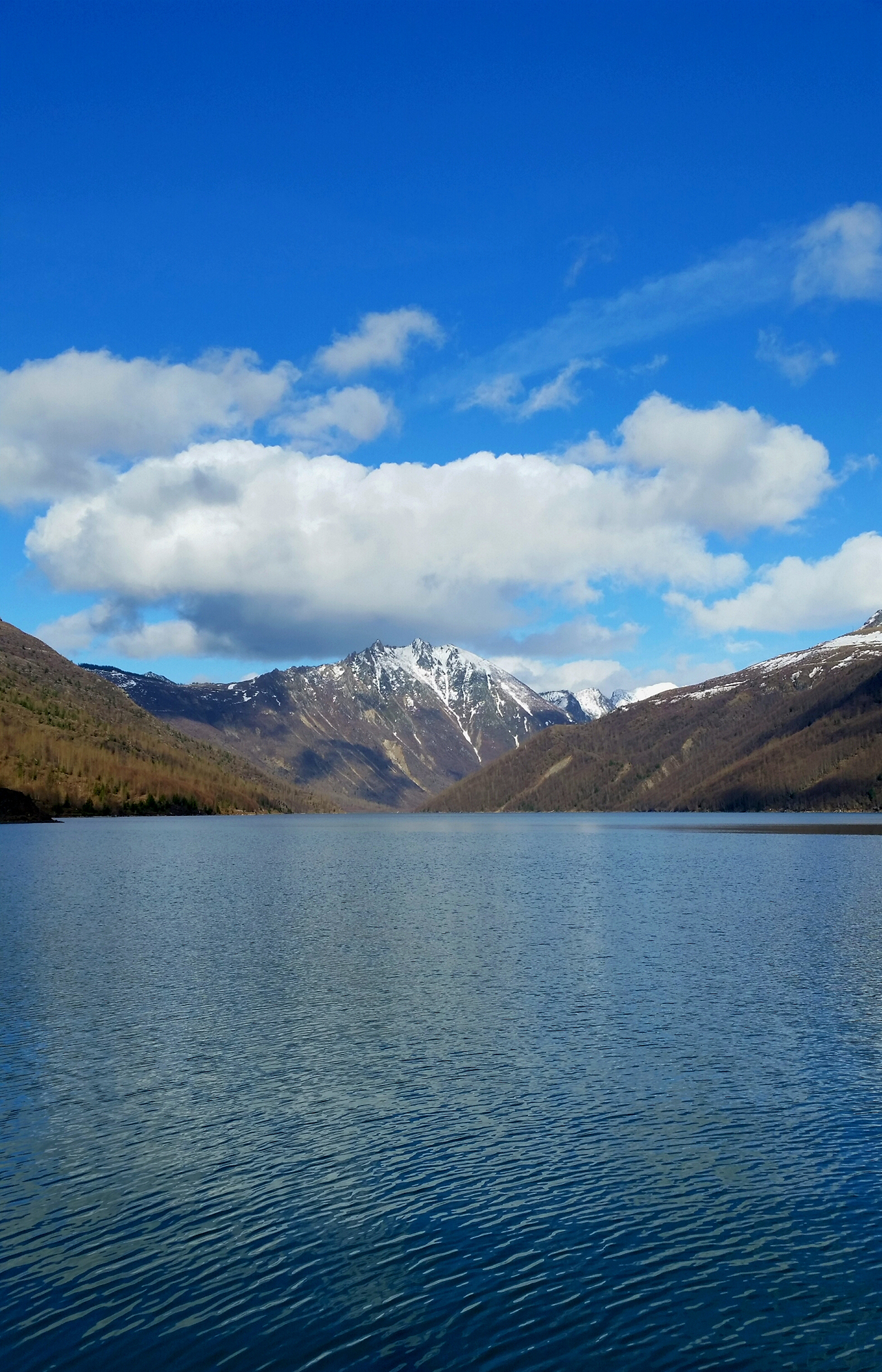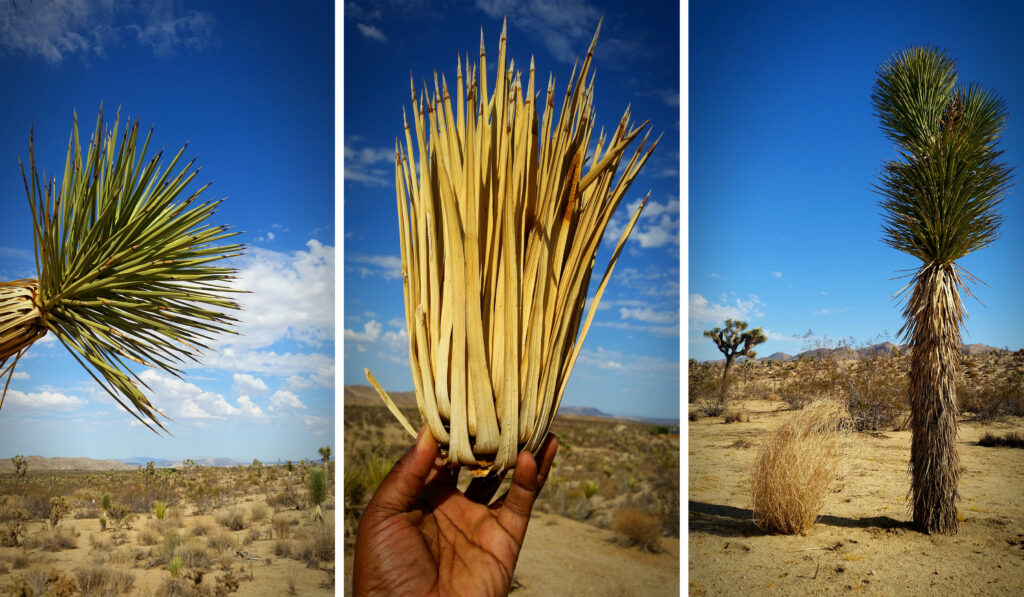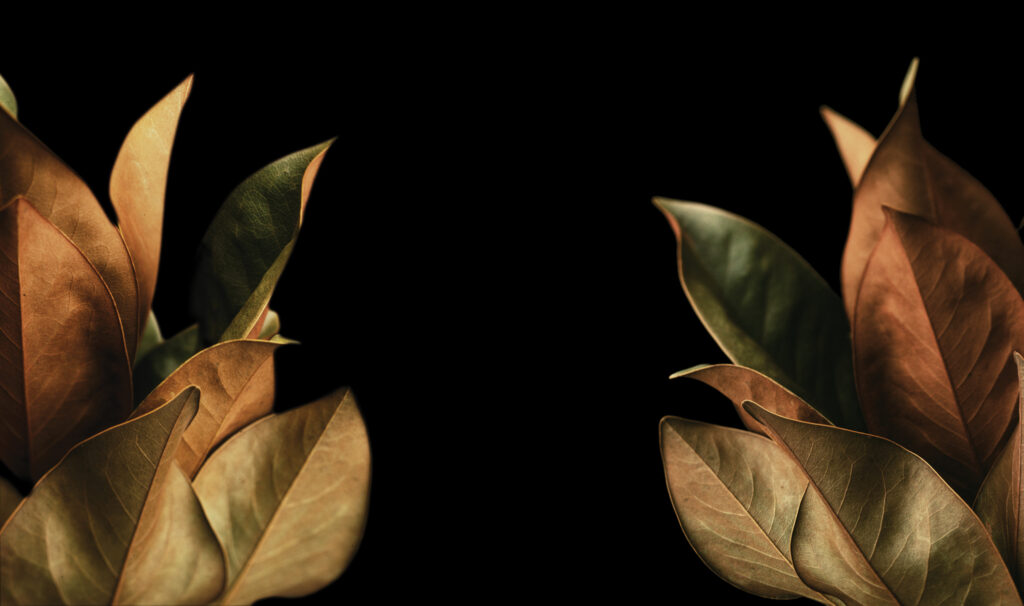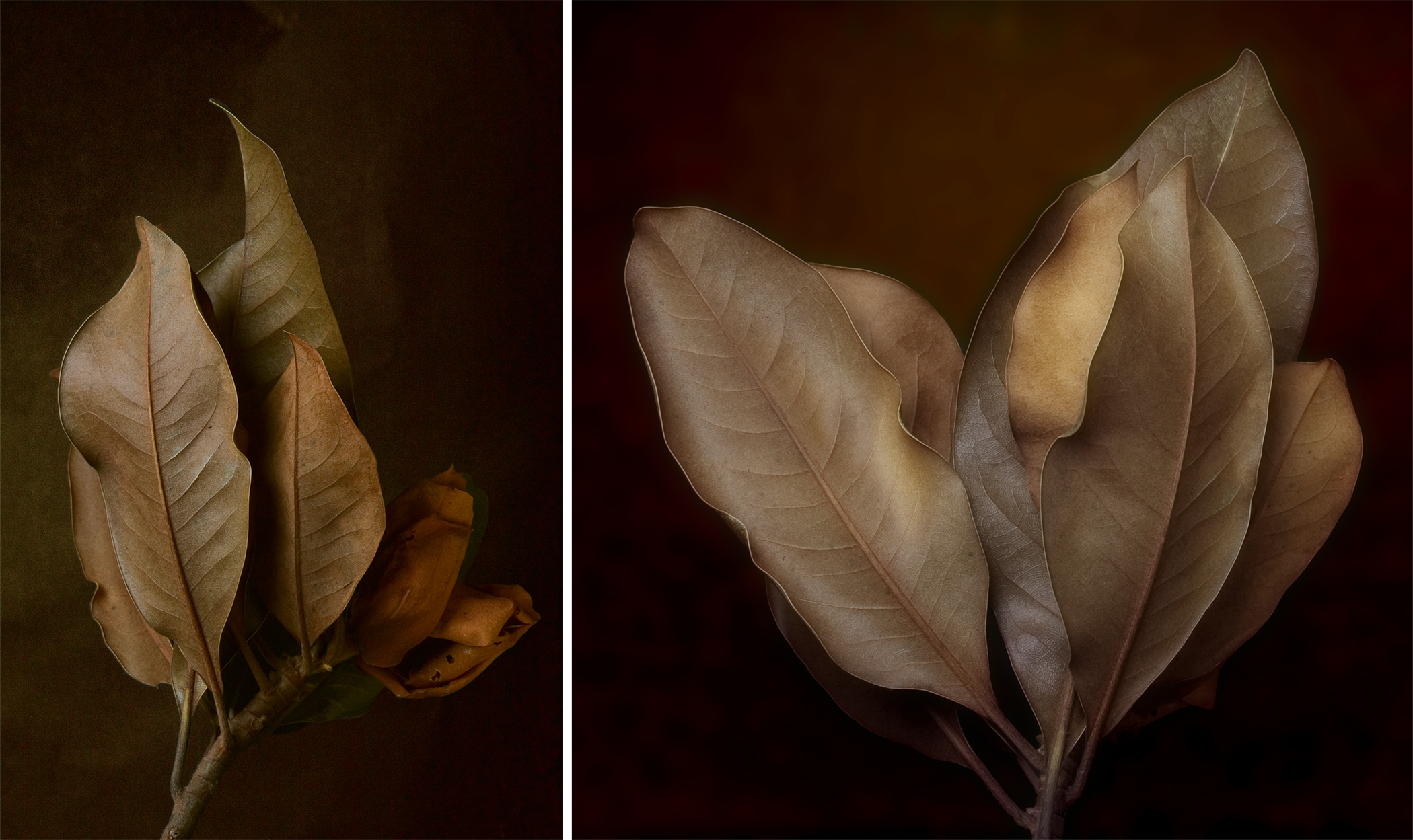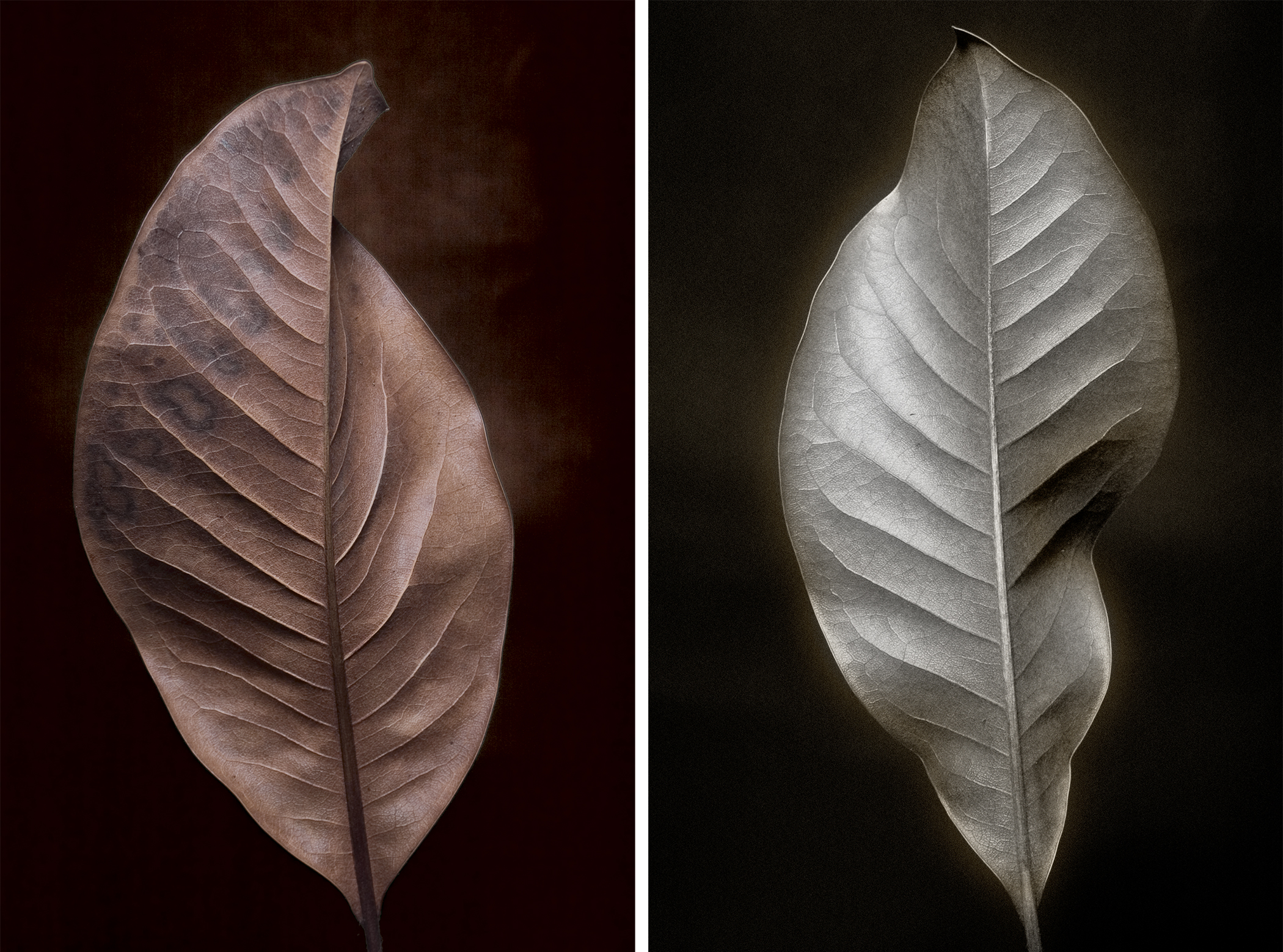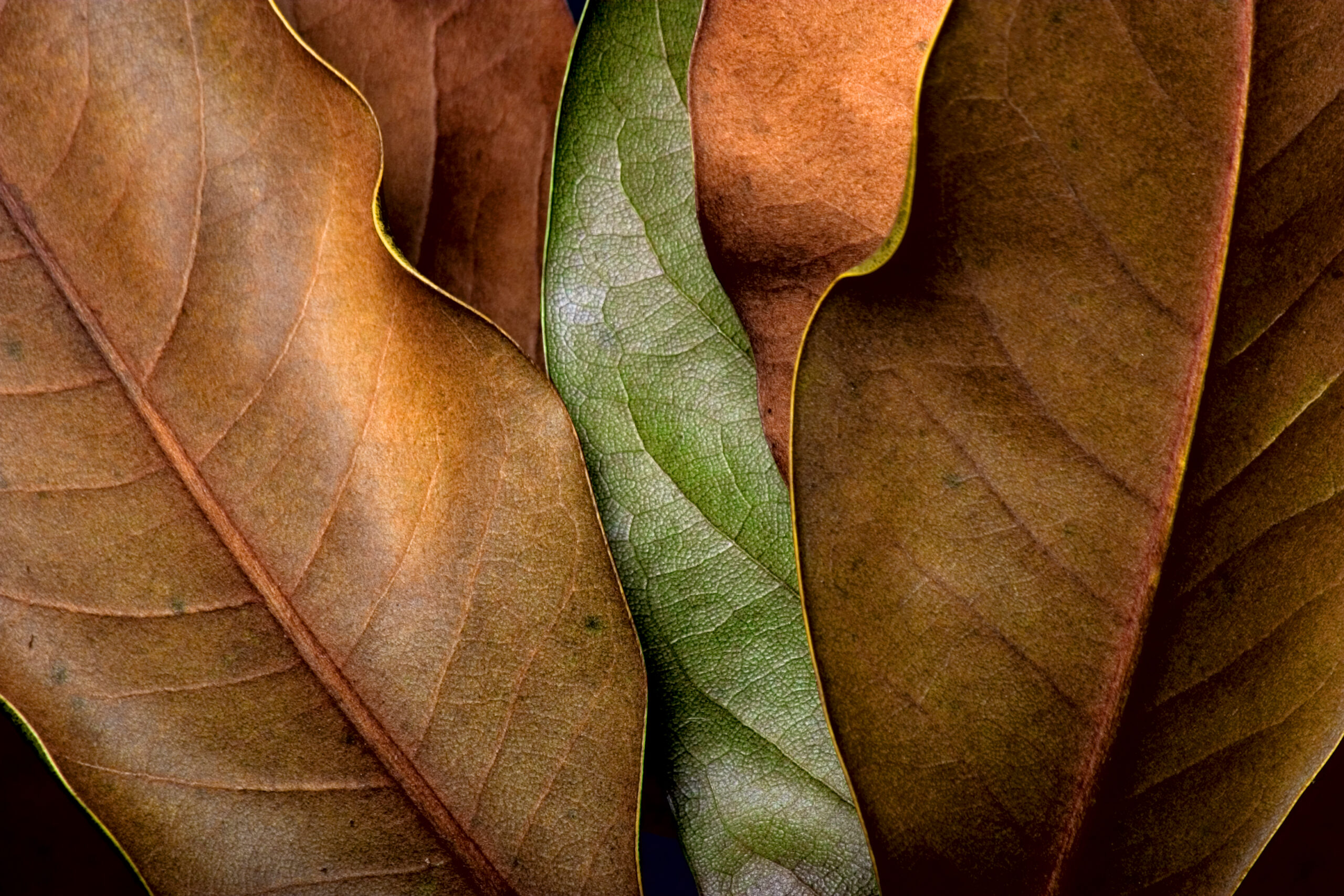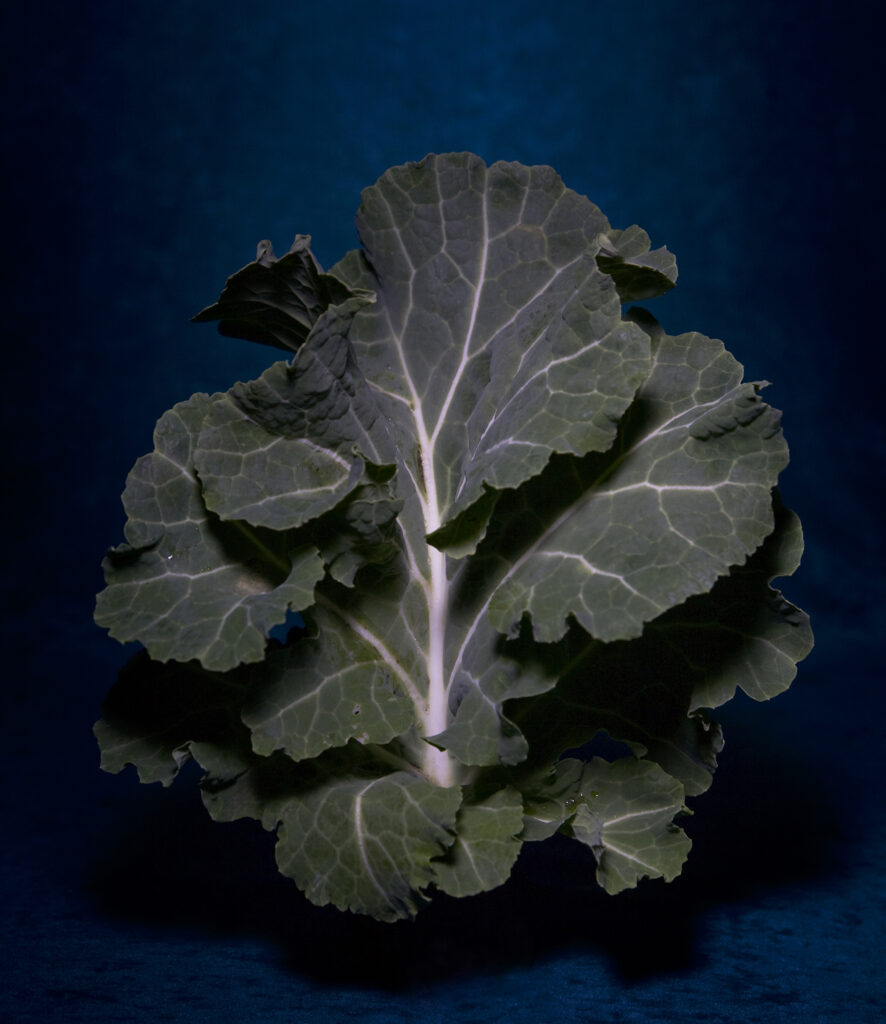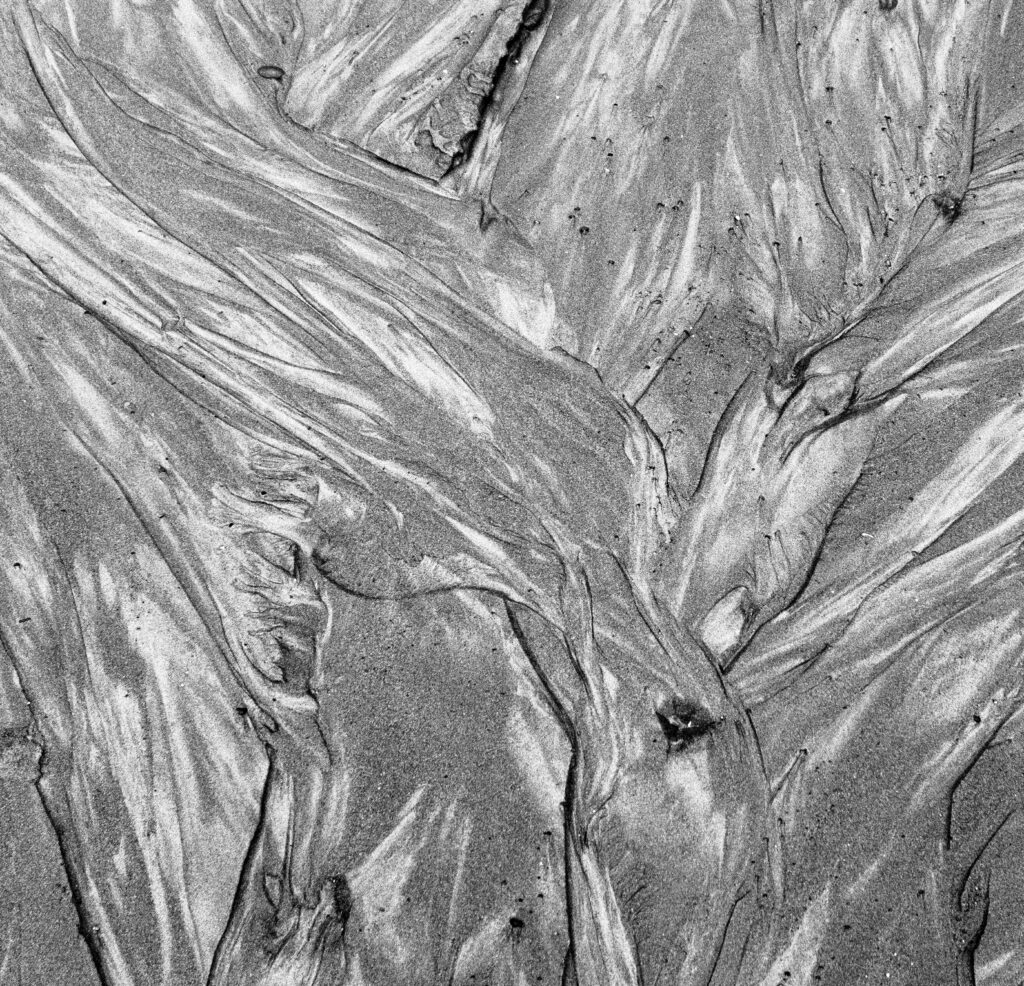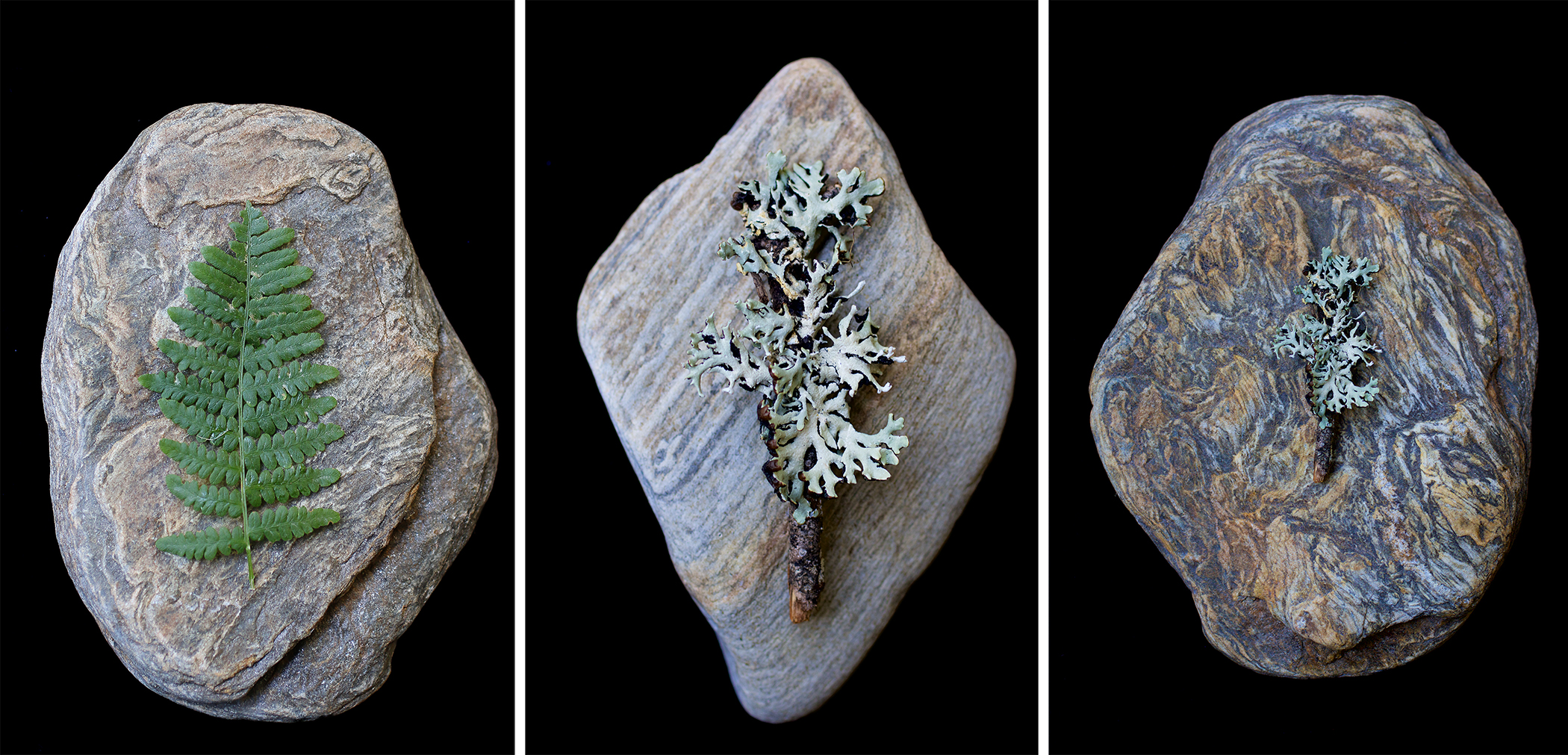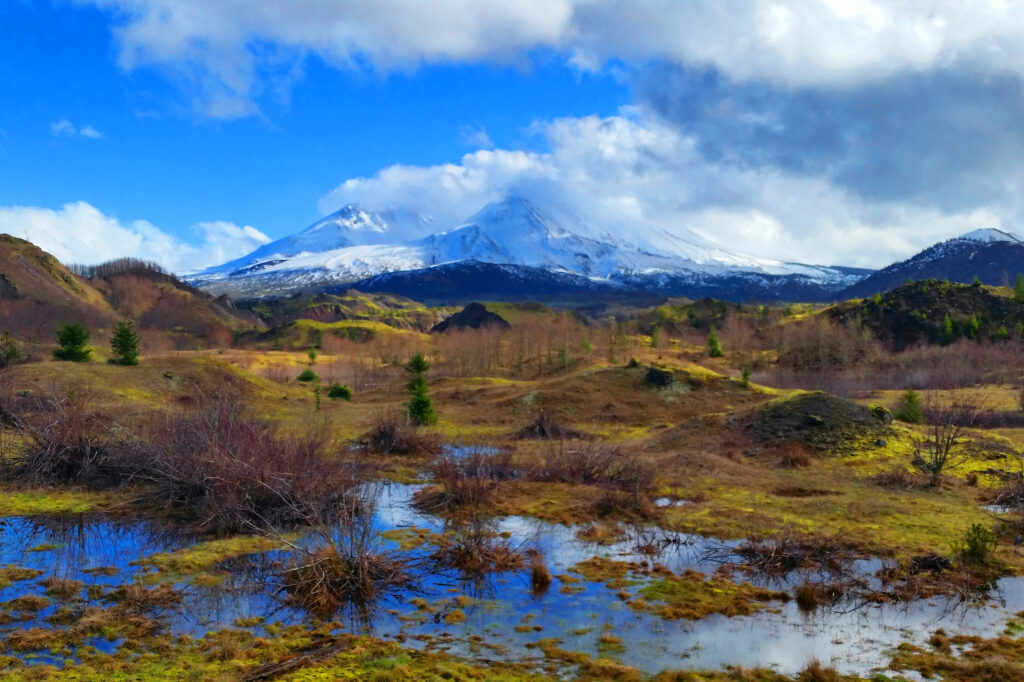Elementals | Landscapes, Still Lifes, & Interiors
Growing up in Seattle has meant having a lifelong relationship to the land that is visual, visceral, and spiritual. As a city-boy, this relationship was enabled by my natural introverted, introspective, and observant disposition coupled with Seattle’s topography and position on the Puget Sound. I grew up with a series of stunning views. From my bedroom window as a child I looked out at the Cascades Mountains presiding over Lake Washington, where I regularly watched the sun and full moon rise over a jagged horizon. Just two blocks away I could stand on any number of street corners and watch the same celestial bodies set over the Olympic Mountains presiding over the downtown skyline and Puget Sound. These scenes and many have always been an important part of my daily life in the city. It wasn’t just the visual beauty, something about growing up surrounded by all of that deepened my sense of connection to the world around me. It helped me deepen my sense of myself.
For ten years I lived in Atlanta, GA, a city whose tree canopy coverage is denser and more widespread than Seattle’s. During the 1990s I found sections on the west and southwest side of the city that felt like small towns tucked in a rural forest. I spent many days wandering around these neighborhoods, imagining I had left the city altogether. These excursions fed to my need to be connected to the land, somewhat. Atlanta however, compared to Seattle, is flat and lacks the stunning views of my hometown. I believe my restless wandering was a search for the punctuated experience of turning a corner and breaking out onto a grand vista. I never found that during my years there. It left me with a gnawing ache. A small empty pocket that could never get filled. When I left Atlanta, a part of me was literally running back home. Back to the hilltop and shoreline views that would fill the hungry pocket in my soul.
While in Atlanta I dabbled in landscapes and natural still life portraits but could never find an anchoring point of view that felt right. It was never a big deal because during those years I was definitely forging an identity as a portrait and documentary photographer. My emphasis was on people. After I returned to Seattle, the land reopened dormant parts of me. I found reflections of myself in the landscape and slowly built a personal practice around exploring this relationship.
Returning to Seattle wasn’t the change that opened up this area of work for me. In 2005 I purchased my first digital camera and upgraded my computer system. Finally, after 12 years pinching pennies to keep shooting, I was free of the economic constraints of working exclusively on film. The cost of buying, processing, archiving, scanning and/or printing was an absolute limitation. I was constantly judicious about what I shot and how. Adopting a digital workflow freed me up to explore this unmapped terrain.
I don’t see a big difference in my approach to photographing social and natural settings. My photos of nature are quieter, but in many ways I think I am responding to similar impulses of reflection and connection. Compositionally, aesthetically, I would argue my approach to the natural world is consistent with my visualization of human society. In sharing these works I am interested in exploring how the connections between my nature photography, portraiture and social documentary merged as I began to explore a multi-disciplinary practice. I invite you to re/visit just about any of my video works as a point of reflection.
This confluence was always present in my digital collage work. Where nature shows up as a kind of protagonist in nearly every visual narrative. My relationship to the land is a foundational idea that informs the conceptual framework for ‘This Is Who We Are’, a biographical allegory that is a commentary on the political economic realities driving the experience of forced migration across generations and ethnic communities in America.
I never pursued nature photography as a fully evolved photographic practice. As nature photography goes I consider the work rudimentary. It was has alway been more of a reflective and mediative pursuit, a way of using my skillset to find personal grounding. Nonetheless the work has been a kind of ongoing internal discourse informing my wider practice. It has helped me find the center point in my conception of self as a creative being.
